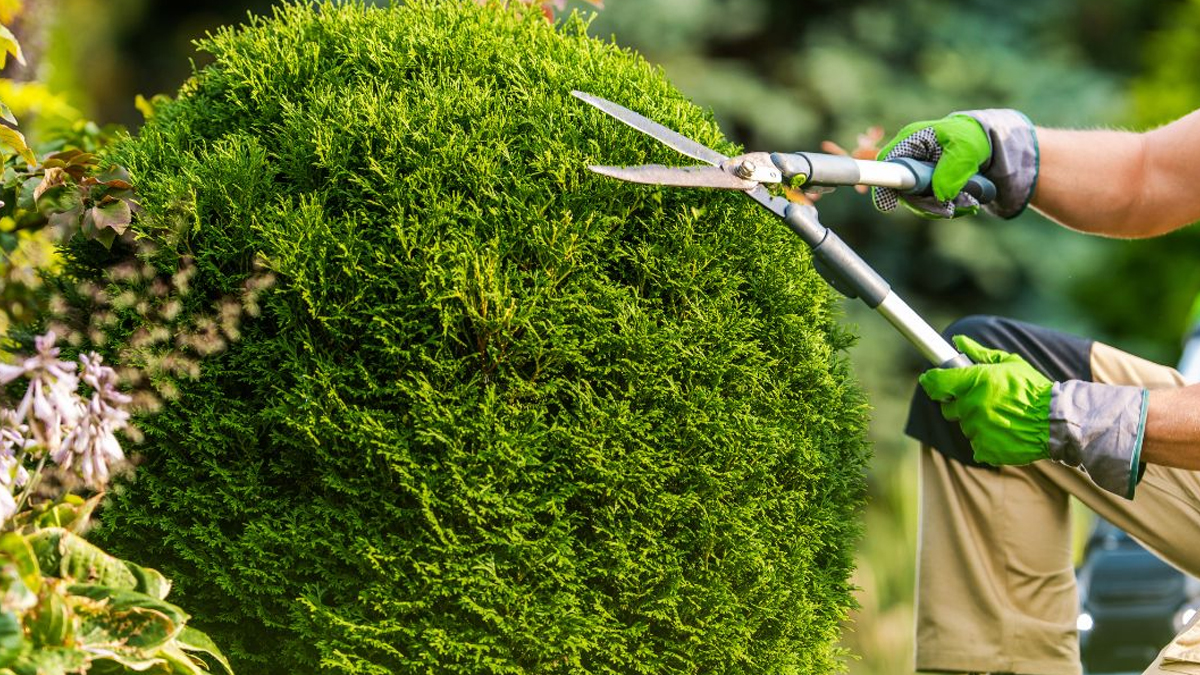Trees are an essential component of any landscape. They beautify the environment, provide shade, clean the air, and support wildlife. However, for trees to achieve their maximum potential and benefits, they must be healthy. Maintaining healthy trees requires proper planting, watering, pruning, pest and disease management, fertilizer application, and sustainable practices. In this guide, we will detail essential steps that homeowners can take to keep their trees healthy and robust.
Selecting Suitable Tree Species and Placement
Choosing suitable tree species and proper placement are critical steps in ensuring healthy trees. Different tree species vary in their soil, sunlight, and climate requirements. Therefore, homeowners should plant trees that suit their specific regions and environmental conditions. In addition, trees should be positioned in areas with sufficient space to accommodate their full growth potential. Spacing and placement also prevent overcrowding, which can lead to competition for essential resources such as water and nutrients. Tree Care
Proper Planting Techniques
The planting process goes beyond just digging a hole, putting in the tree, and adding soil. It requires proper digging of the right size hole, the correct depth and width for planting, and mulching. The hole’s depth should match the tree’s root ball, and the width should be two to three times the diameter of the root ball. After planting, mulch should be added and spread evenly around the tree’s base while avoiding covering the trunk. Mulch, which can be made of wood chips, leaves, or bark, serves as a barrier against weeds and promotes moisture retention as well as a constant temperature environment for the roots. Tree Pruning Service Los Angeles
Regular Watering and Irrigation
Proper watering is vital for tree health, and different species require varying amounts of water. Mature trees may not require frequent watering, but newly planted trees do. To ensure the tree has enough water, it is recommended to provide at least 1-2 inches of water per week, primarily during dry weather conditions. The use of soaker hoses or drip irrigation is best to prevent water loss through evaporation and run-off. Tree Care Tips, Best Tree Arborist in California
Mulching and Soil Management
Mulching helps in preserving tree moisture and preventing weed growth, which can deprive trees of necessary nutrients. In addition, it helps in maintaining soil temperatures and structure, preventing the soil from compaction that can restrict the flow of nutrients and water to the plant roots. Correct mulching application, such as spreading mulch in a circular pattern around the tree, and not piling too much mulch against the tree’s trunk so as not to invite diseases and insects, is important in tree management and ensures optimal tree health.
Pruning and Trimming
Pruning involves removing dead, diseased, or damaged branches, promoting good health, and shaping the tree. Proper pruning technique promotes better air and sunlight penetration to the lower tree parts and minimizes the potential for branch failure and safety hazards. Regular pruning and trimming, however, should not be overdone, as this can reduce the tree’s health and lifespan.
Pest and Disease Management
Pests and diseases can be harmful to trees by causing leaf drop and defoliation, reducing their ability to produce food, limiting growth, and eventually killing them. Using integrated pest management techniques involving scouting, prevention measures, and early intervention can manage pests and disease infestations, which are the cheapest yet most effective methods in tree management. Lifestyle News, Web Stories
Fertilization
Most trees usually do not require fertilizer application because they can obtain all the necessary nutrients from the soil. However, certain conditions can cause deficiencies, requiring the application of fertilizer. Before applying fertilizer, it is essential to understand soil nutrient levels and choose the appropriate fertilizer. Fertilizing in the right amount, at the right time, and frequency ensures tree growth and good health.
Monitoring and Regular Inspections
Regularly checking for pests, diseases, and signs of stress or damage ensures early identification of issues that can affect the tree’s health and safety. A simple assessment of trees such as observing their growth rates, branch structure changes, leaf development quality, and color can help identify any potential problems that might arise. Hiring professional arborists for periodic inspections is also recommended, especially for large trees beyond homeowners’ capabilities.
Protection from External Factors
Trees are sensitive to various external factors that can compromise their health, such as strong winds or construction damage. Windbreaks and protection from strong winds can prevent branch breakage. Guarding against construction damage by establishing root zones and protective fences around the tree areas can also prevent the damage too. Regular aeration and debris removal are essential in minimizing soil compaction and increasing soil nutrient absorption capacity, contributing to optimal tree health.
Sustainable Practices
Environmentally friendly tree maintenance practices such as composting, promoting biodiversity, and avoiding chemical use are essential for long-term tree care. Composting garden and kitchen waste provide natural nutrients to trees while also helping reduce the amount of waste sent to landfills. Planting native species encourages biodiversity, and avoiding chemical use can help maintain soil fertility and prevent water contamination. Following these steps will ensure healthy, robust trees for years to come. Taking proper care of trees now will provide shade, reduce energy consumption, and improve air quality for generations to come. Furthermore, trees add value to a property providing visual interest and aesthetic appeal. With proper maintenance, the long-term benefits of trees far outweigh any extra effort.

